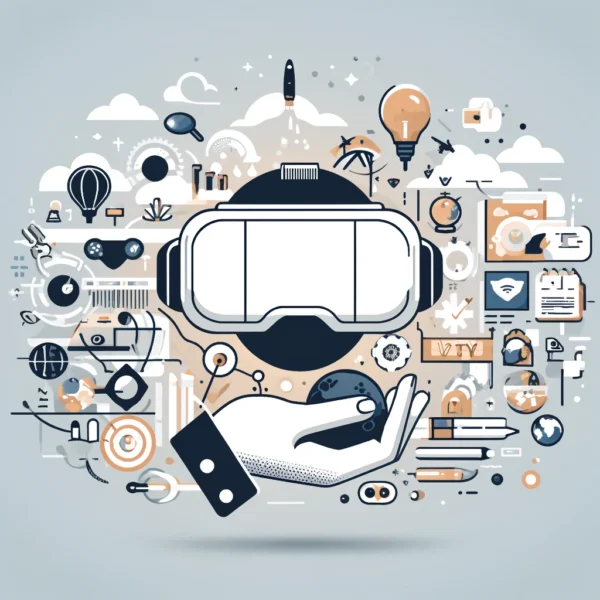Welcome to the World of Virtual Reality (VR)
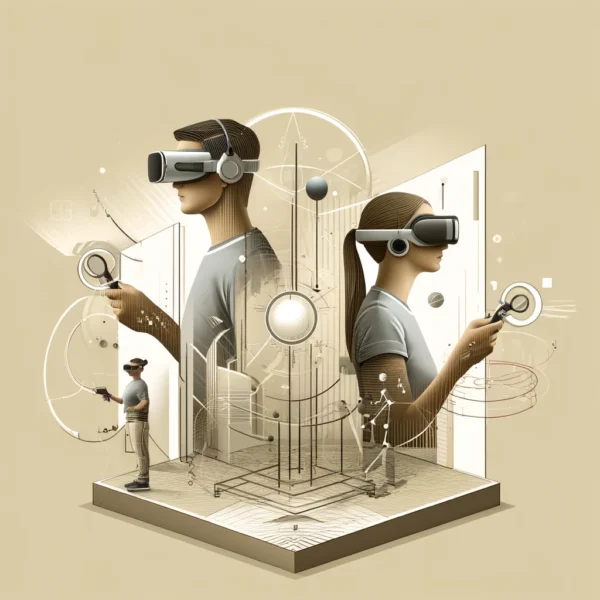
Welcome to our Virtual Reality (VR) section,
where the boundaries between the real and digital worlds blur, offering immersive and interactive experiences like never before. Whether you’re a gamer, a tech enthusiast, or an educator, our VR resources are designed to help you explore and understand this transformative technology.
Let’s start by defining what is a Virtual Reality (VR)?
Wikipedia
Definition from Oxford Languages
Table of Contents
Virtual Reality (VR) is revolutionizing industries by providing immersive experiences that were once unimaginable. In healthcare, VR is used for pain management, physical therapy, and surgical training, offering new ways to treat and educate patients. In real estate, VR allows potential buyers to take virtual tours of properties from anywhere in the world, making the buying process more convenient and efficient. The tourism industry has also embraced VR, with virtual tours of popular destinations providing a taste of the experience before booking a trip. As technology continues to advance, the applications of VR are expected to grow, opening up new possibilities in various fields.
Virtual Reality (VR) works by creating a simulated environment that users can interact with using special equipment, such as VR headsets and controllers. Here’s a simple breakdown of how it works:
Headsets and Displays:
- VR headsets, like the Oculus Rift or HTC Vive, have screens that cover the eyes and display 3D images. These screens are split to provide slightly different images to each eye, creating a stereoscopic effect that gives a sense of depth.
Motion Tracking:
- Sensors in the headset track the movement of the user’s head and adjust the images accordingly. This means when you turn your head, the view in the VR environment changes just as it would in real life.
Input Devices:
- Controllers and gloves are used to interact with the virtual environment. These devices track the movement of your hands and fingers, allowing you to pick up objects, press buttons, and interact with the virtual world.
Computing Power:
- Powerful computers or gaming consoles are required to run VR applications. They process the data from the sensors and generate the 3D graphics in real-time, ensuring a smooth and immersive experience.
Creating a VR experience involves several key steps and technologies:
Concept and Design:
- The process starts with an idea or concept for the VR experience. Designers create storyboards and layouts, planning out the virtual environment and user interactions.
3D Modeling and Animation:
- Artists use 3D modeling software like Blender or Maya to create the objects, characters, and environments that will populate the VR world. Animators then bring these models to life with movement and interactions.
Programming and Development:
- Developers use game engines such as Unity or Unreal Engine to build the VR experience. They write code to define how objects behave, how users can interact with the environment, and how the virtual world responds to inputs.
Testing and Optimization:
- VR experiences are tested extensively to ensure they run smoothly and are free of bugs. Optimization is crucial to maintain high performance and avoid issues like motion sickness.
Deployment:
- Once the VR experience is complete, it is deployed to VR platforms where users can download and access it.
The history of VR dates back several decades, with key milestones including:
1960s: The Birth of VR:
- The concept of VR began in the 1960s with the development of the first head-mounted display (HMD) system called the “Sword of Damocles” by Ivan Sutherland.
1980s: Early Developments:
- The 1980s saw the introduction of more advanced VR systems, such as the VPL Research DataGlove and EyePhone. These systems laid the groundwork for future VR technology.
1990s: Commercial Attempts:
- Companies like Sega and Nintendo attempted to bring VR to the consumer market with devices like the Sega VR and the Virtual Boy. However, these early attempts were not commercially successful due to technical limitations.
2000s: Technological Advancements:
- Advances in computing power, graphics, and display technology in the 2000s paved the way for modern VR. The development of affordable and high-quality VR headsets began to take shape.
2010s: Modern VR:
- The release of the Oculus Rift in 2012 marked a significant turning point for VR. This was followed by other major players like HTC Vive and PlayStation VR, leading to a resurgence in VR popularity.
Healthcare
VR in healthcare is transforming patient care and medical training. Surgeons use VR simulations to practice complex procedures, reducing the risk during actual surgeries. VR therapy is used to treat phobias, PTSD, and pain management by creating controlled, immersive environments. Patients can also benefit from VR in physical therapy, where they can engage in interactive exercises tailored to their rehabilitation needs.
Real Estate
VR in real estate allows potential buyers to take virtual tours of properties from anywhere in the world. This technology enables users to explore homes, apartments, and commercial spaces without physically visiting them. VR can also help architects and developers showcase future projects, providing a realistic preview before construction begins.
Tourism
VR in tourism offers virtual tours of popular destinations, historical sites, and museums. Travelers can explore these locations in detail, enhancing their planning and decision-making process. VR experiences can also provide access to remote or endangered sites, preserving their beauty and significance for future generations.
Remote Work
VR in remote work is revolutionizing how teams collaborate and communicate. Virtual offices and meeting spaces allow remote workers to interact in a shared virtual environment, improving team cohesion and productivity. VR training programs can also provide immersive learning experiences for employees, ensuring they acquire necessary skills efficiently.
Enhanced Learning Experiences:
- VR creates immersive educational environments, increasing engagement and retention.
- Students can explore complex subjects, such as anatomy or space exploration, in a hands-on manner.
Improved Training Simulations:
- VR offers realistic training scenarios for various professions, from pilots to surgeons.
- Trainees can practice and refine their skills in a safe, controlled environment.
New Forms of Entertainment:
- VR provides unique entertainment experiences, from immersive video games to virtual concerts.
- Users can enjoy interactive storytelling and explore virtual worlds, offering a new dimension to media consumption.
Current Challenges
- Motion Sickness: Some users experience discomfort or nausea while using VR, which can limit its usage.
- High Costs: High-quality VR systems and compatible hardware can be expensive, making them less accessible to a broader audience.
- Content Availability: There is a need for more diverse and high-quality VR content to keep users engaged and justify the investment in VR technology.
Future Potential
- Advancements in Technology: Lighter, more comfortable headsets and improved motion tracking can enhance the VR experience.
- Increased Accessibility: As technology advances and prices decrease, VR will become more accessible to the general public.
- Expanding Applications: Ongoing research and development will continue to discover new ways to utilize VR across various industries, expanding its impact and potential.
Healthcare: Cedars-Sinai Medical Center
Cedars-Sinai Medical Center in Los Angeles uses VR for pain management in patients. Studies have shown that VR can significantly reduce pain levels by distracting patients and providing a relaxing virtual environment. This innovative approach has improved patient outcomes and overall satisfaction.
Real Estate: Matterport
Matterport is a leading company in 3D and VR property tours. Their technology allows real estate agents to create immersive virtual tours of properties, enhancing the buying experience for potential clients. This has proven especially valuable during the COVID-19 pandemic when physical tours were limited.
Tourism: The British Museum
The British Museum offers VR tours of its exhibits, allowing users to explore historical artifacts and exhibits from the comfort of their homes. This initiative has made the museum’s vast collection accessible to a global audience, enhancing its educational reach.
- Headset: A device worn on the head that displays 3D images to the user.
- Stereoscopic Effect: A technique used in VR to create the illusion of depth by displaying slightly different images to each eye.
- Motion Tracking: Technology that tracks the movement of the user’s head and hands to adjust the VR environment accordingly.
- Haptic Feedback: Technology that provides tactile sensations to the user, enhancing the sense of presence in the VR environment.
- Game Engine: Software used to build and develop VR experiences, such as Unity or Unreal Engine.
Stay tuned as we update our VR section with the latest trends, guides, and news. Whether you’re new to VR or a seasoned user, there’s always something new to discover in Virtual Reality.
Virtual Reality (VR) gaming is redefining the way we play, offering immersive gameplay that transports you to different worlds. From action-packed adventures to peaceful explorations, VR gaming provides a unique experience that traditional gaming cannot match.
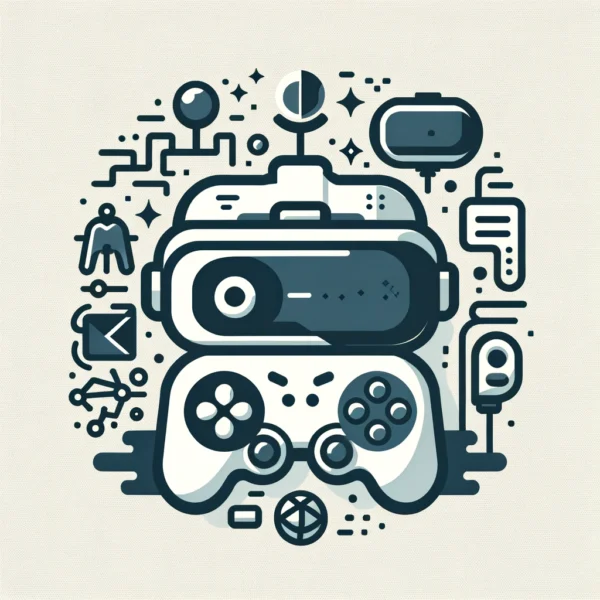
Virtual Reality is revolutionizing education by creating interactive and engaging learning environments. Explore how VR is being used in classrooms and training programs to enhance learning outcomes.
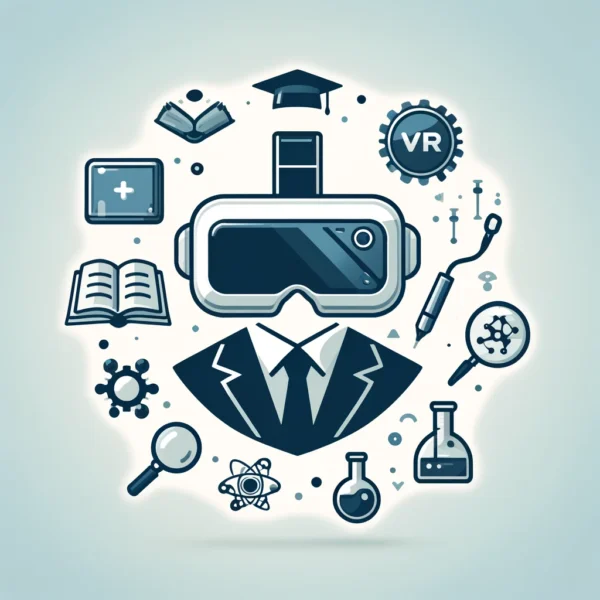
Dive into the latest advancements in VR hardware and software. Discover the best VR headsets, accessories, and platforms that are pushing the boundaries of virtual experiences.
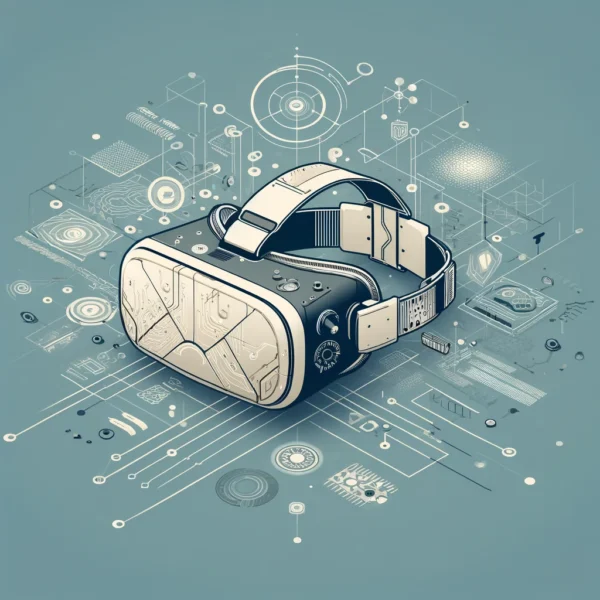
VR offers more than just gaming. Experience virtual travel, fitness, and more through our curated list of VR applications that bring excitement and innovation to everyday activities.
